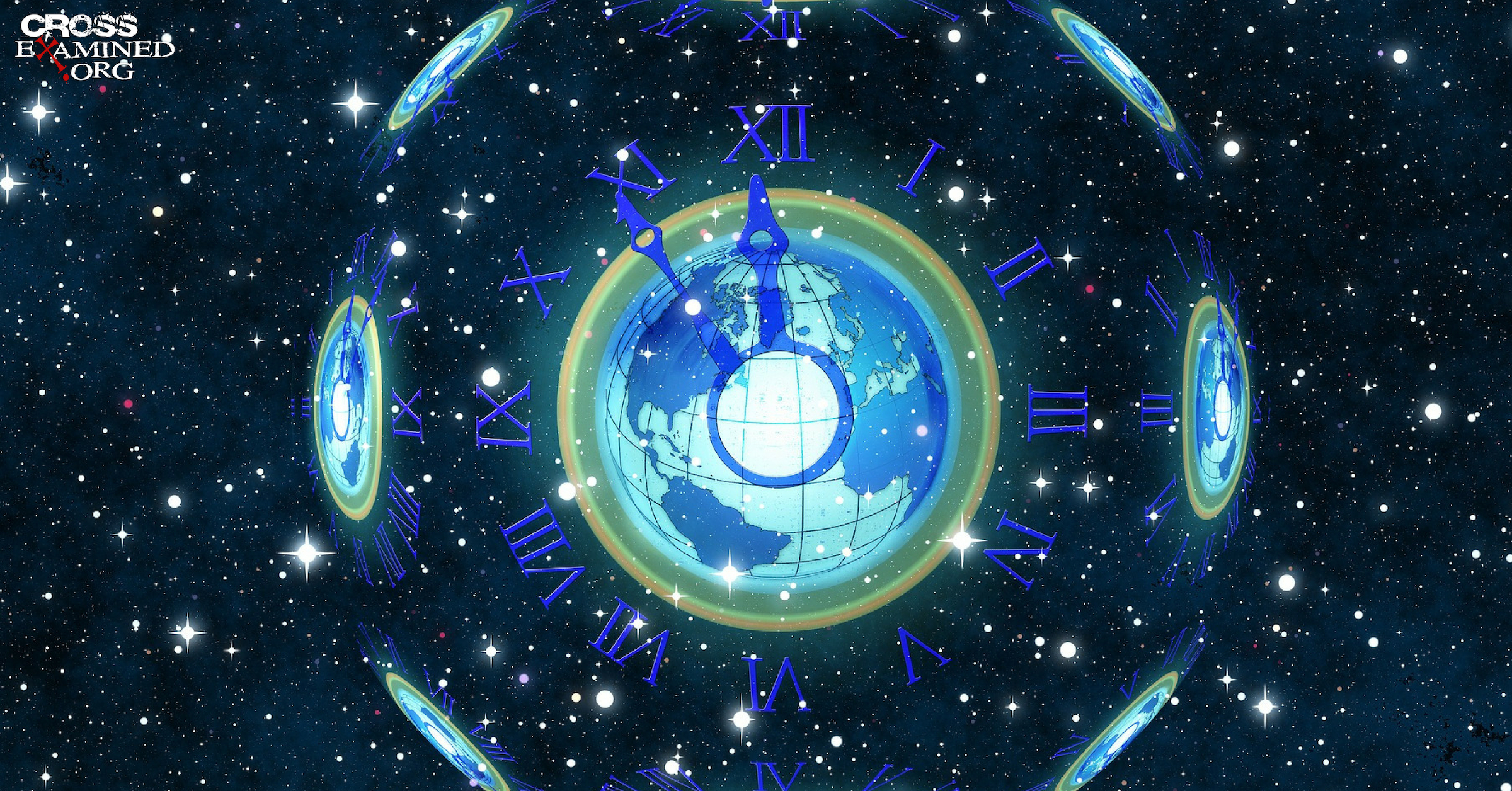By Hugh Ross
More than a dozen parameters for the universe have to have values that fall within narrowly defined ranges for life of any kind to exist [1] .
Strong nuclear force constant
If it is larger: hydrogen would not form; the atomic nuclei for most elements essential for life would be unstable.
If it is less: there would be no elements outside of hydrogen.
Weak nuclear force constant
If it is larger: too much hydrogen would be converted to helium in the Big Bang; therefore, too much heavy element material would be made by the burning of stars; there would be no ejection of heavy elements from the stars.
If it is smaller: too little helium would be produced by the Big Bang; therefore, too little heavy element material would be made by the burning of stars; there would be no ejection of heavy elements from the stars.
Gravitational force constant
If it is larger, the stars would be too hot and would burn out too quickly and unevenly.
If it is lower: the stars would be too cold to ignite nuclear fusion; therefore, no production of heavy elements.
Electromagnetic force constant
If higher: insufficient chemical bonds; elements heavier than boron would be too unstable for fission.
If lower: insufficient chemical bonds.
Relationship between the electromagnetic force constant and the gravitational force constant
If it is larger: there would be no minor stars; hence, short stellar lifetimes and uneven stellar luminosities.
If it is smaller: there would be no stars larger than 0.8 solar masses; therefore, there would be no production of heavy elements.
Relationship between electron mass and proton mass
If it is higher: insufficient chemical bonds.
If lower: insufficient chemical bonds.
Relationship between the number of protons and the number of electrons
If it is greater: electromagnetism would predominate over gravity, preventing the formation of galaxies, stars and planets.
If it is smaller: electromagnetism would predominate over gravity, preventing the formation of galaxies, stars and planets.
Expansion rate of the universe
If it is larger: galaxies would not form.
If it is smaller: the universe would collapse before the stars were formed.
Level of entropy of the universe
If it is smaller: proto-galaxies would not form.
If it is larger: there would be no condensation of stars within the proto-galaxies.
Mass density of the universe
If it is larger: too much deuterium from the Big Bang; therefore, the stars would burn out too quickly.
If it is less: an insufficient amount of helium from the Big Bang; therefore, too few heavy elements would be formed.
Speed of light
If it is larger: the stars would be too bright.
If it is smaller: the stars would not be bright enough.
Age of the universe
If it is larger: there would be no sun-like stars in a stable burning phase in the right part of the galaxy.
If it is smaller: Sun-like stars in a stable burning phase would not yet have formed.
Initial uniformity of radiation
If it were more uniform: stars, star clusters and galaxies would not have formed.
If less uniform: the universe at this point would consist mostly of black holes and empty space.
Fine structure constant (a number describing the fine structure separation of spectral lines)
If it is larger: DNA could not function; there would be no stars larger than 0.7 solar masses.
If it is smaller: DNA could not function; there would be no stars smaller than 1.8 solar masses.
Average distance between galaxies
If it is larger, an insufficient amount of gas would be infused into our galaxy to sustain star formation over an adequate time.
If it is smaller: the sun’s orbit would be perturbed too radically.
Average distance between stars
If it is higher: the density of heavy elements would be too low for rocky planets to form.
If it is smaller: planetary orbits would be too unstable.
Proton decay rate.
If it is greater: life would be exterminated by the release of radiation.
If it is less: the universe would contain an insufficient amount of matter for life.
Relationship between the nuclear energy levels of Carbon 12 (c 12 ) and Oxygen 16 (o 16 )
If it is higher: insufficient amount of oxygen.
If it is lower: insufficient amount of carbon.
Base energy level of Helium 4 He 4
If it is higher: insufficient amount of carbon and oxygen.
If it is lower: insufficient amount of carbon and oxygen.
Decay rate of Beryllium 8 (Be 8 )
If it is slower: the fusion of heavy elements would generate catastrophic explosions in all stars.
If it were faster, no elements heavier than beryllium would be produced; therefore, the chemistry of life would not be possible.
Excess of the neutron mass over the proton mass
If it is larger: neutron decay would yield too few neutrons for the formation of the heavy elements essential for life.
If it is smaller: neutron decay would cause all stars to rapidly collapse to become neutron stars or black holes.
Initial excess of nucleons over anti-nucleons
If it is larger: too much radiation for planet formation.
If it is lower: insufficient matter for the formation of galaxies or stars.
Polarity of the water molecule
If it is larger: the heat of fusion and vaporization would be too great for life to exist.
If it is smaller: the heat of fusion and vaporization would be too small for life to exist; liquid water would become too poor a solvent for life’s chemistry to function; ice would not float, leading to runaway freezing.
Supernova eruptions
If they are too close, the radiation would exterminate life on the planet.
If they are too far away: few heavy elements are produced for the formation of rocky planets.
If too frequent: life on the planet would be exterminated.
S i too rare: too few heavy element ash for rocky planet formation.
If too late: life on the planet would be exterminated by radiation.
If too early: too little ash of heavy elements for the formation of rocky planets.
Binary white dwarfs
If they are few: little fluoride for the chemistry of life to function.
If there are too many: alteration of planetary orbits by stellar density; life on the planet would be exterminated.
S too early: insufficient amount of heavy elements for efficient fluorine production.
If too late: Fluorine is too late for incorporation into the proto-planet.
Relationship between exotic matter and ordinary matter
If it is smaller: galaxies would not form.
If it is larger, the universe would collapse before sun-like stars could form.
Note
[1] Davies and Koch, pp. 391-403. See also chapters 3 and 4.
Original Blog : http://bit.ly/2Fq2kP1
Translated by Alejandro Field

